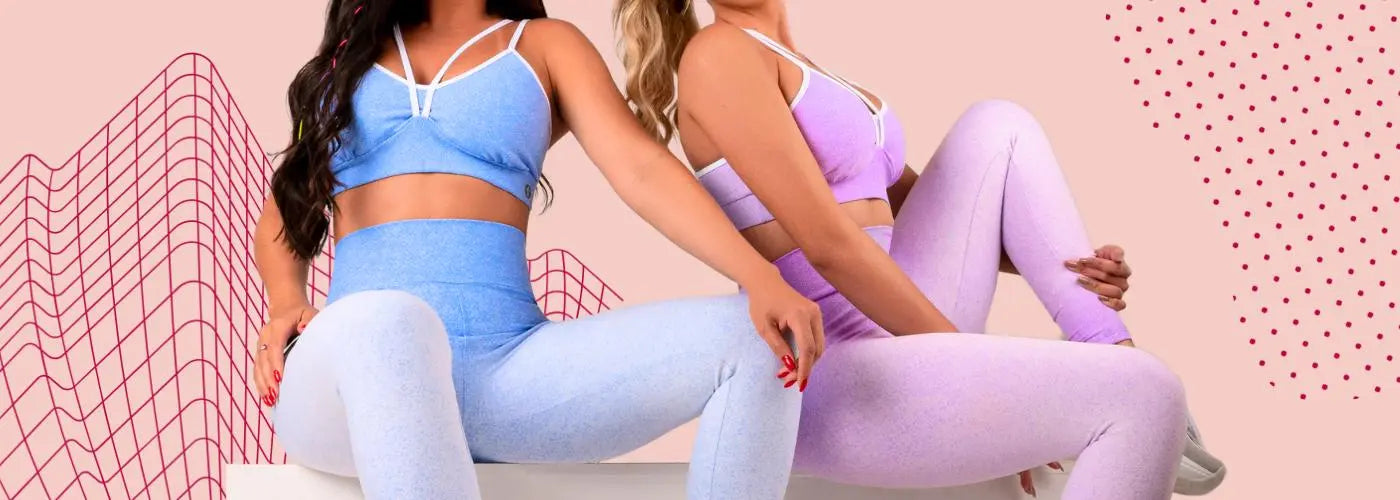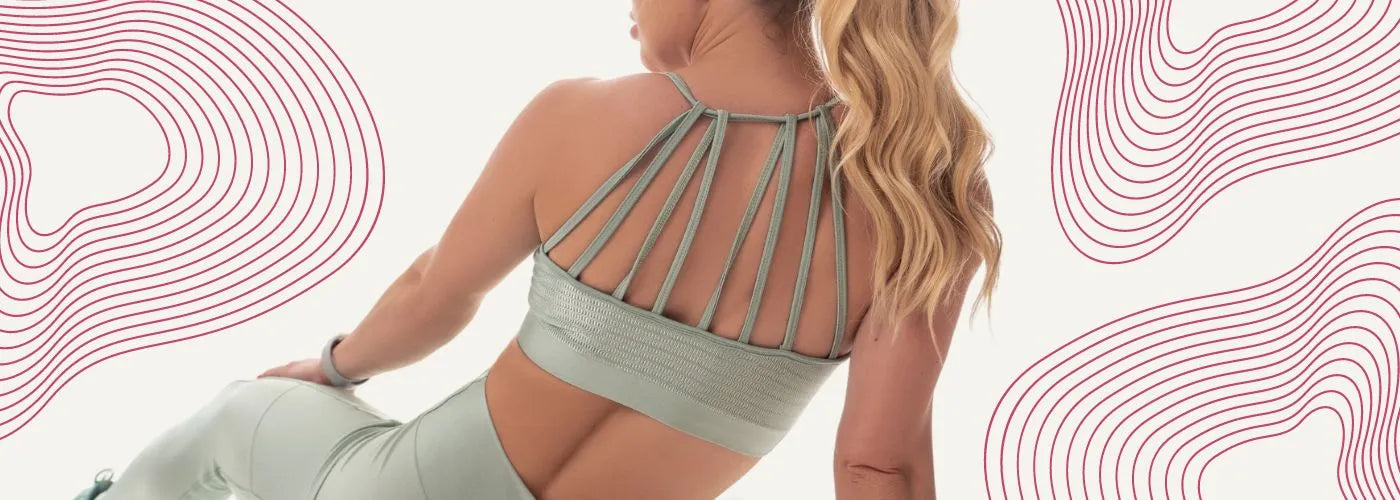
What Is Moisture Wicking Clothing?
Moisture wicking clothing has become increasingly popular in recent years due to its many advantages. It is used by athletes, manual laborers, and even regular people looking for comfort. But what is moisture wicking clothing? We'll be looking at this type of fabric is and the many benefits it can offer for a person.
What Does Moisture Wicking Mean?

Moisture wicking is a term used to describe materials that are designed to quickly draw sweat away from your skin and disperse it, helping you stay dry and comfortable. It's important for athletes, or anyone who exerts themselves physically, to wear clothing with moisture-wicking material. Most bra and leggings athleticwear are made from moisture-wicking materials. This type of fabric works by transferring the water away from the skin to the outer surface of the garment, where it can evaporate more rapidly. The most common type of moisture-wicking fabrics is composed of synthetic fibers like polyester and nylon, which have been treated with coatings such as polypropylene or other chemical compounds that allow them to absorb perspiration faster than traditional fabrics like cotton. The unique structure of these materials also helps them move moisture away from your body much more efficiently than natural fibers can.
Is Dry Fit The Same As Moisture Wicking?

Dry fit and moisture wicking are two terms that get used interchangeably, especially when it comes to workout apparel. But what exactly is the difference between these two materials? Let's take a closer look at each one to understand how they compare. Dry fit is a type of synthetic fabric made from polyester which helps your body stay cool and dry during exercise sessions by drawing sweat away from the fabric itself. It has a loose fit that allows air to circulate freely, while its lightweight keeps you feeling comfortable no matter how hard you're working out. Moisture Wicking on the other hand, refers to any type of material that absorbs sweat and pulls it away from the body allowing for faster drying times. This works similarly as dry-fit, but works with your skin compared to only the fabric in dry-fit.
Best Materials For Moisture Wicking

When it comes to staying comfortable during physical activity, moisture-wicking materials are a must. Moisture wicking helps keep athletes dry by transporting sweat away from the body and quickly drying material. This is especially important for those who exercise in hot climates or engage in intense activities where sweat production is high. Here are some of the best materials available when it comes to moisture wicking: Synthetic fabrics, such as polyester and nylon, are excellent at wicking away moisture and drying quickly. These materials provide superior breathability due to their light weight and many small air pockets within their weave which create air circulation that keeps sweat from accumulating on the body's surface. These materials can be found in the best athletic wear for women. Cotton can also be used for moisture wicking, but it does not have the same breathability as other synthetic fabrics because cotton absorbs sweat rather than allowing it to evaporate quickly like synthetic fabrics do.
Does Moisture Wicking Keep You Warm?
Moisture wicking technology has become increasingly popular in the outdoor and sports apparel industry. It allows athletes to stay cool and dry during their workouts, but does it also keep you warm? The answer is yes—moisture-wicking fabrics can help you stay warm. Moisture-wicking fabrics are designed to draw moisture away from your skin so that it evaporates, which increases air circulation around your body and helps regulate your temperature. When combined with a proper layering system, this type of fabric can provide both warmth and comfort in cold weather conditions. For example, you could wear a midweight thermal layer with a moisture-wicking outer layer for extra warmth without overheating or becoming wet from sweating. Additionally, some moisture-wicking fabrics have insulating properties that retain body heat when temperatures drop. Be sure to look at all the different types of materials and styles for moisture-wicking fabrics when shopping for women's athletic wear. This can help you determine which fabric works best for your needs.


